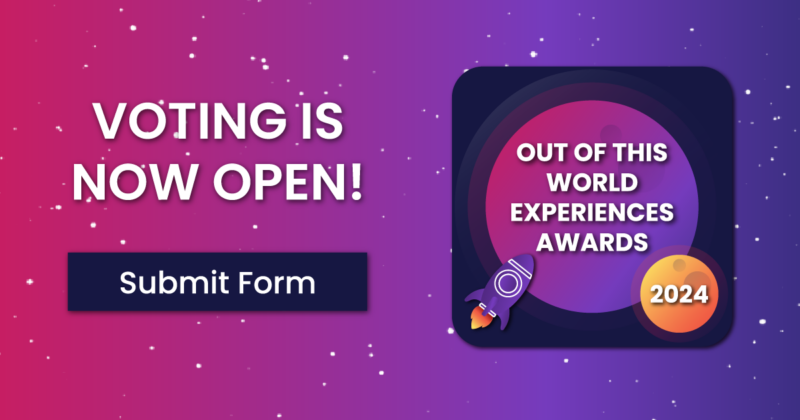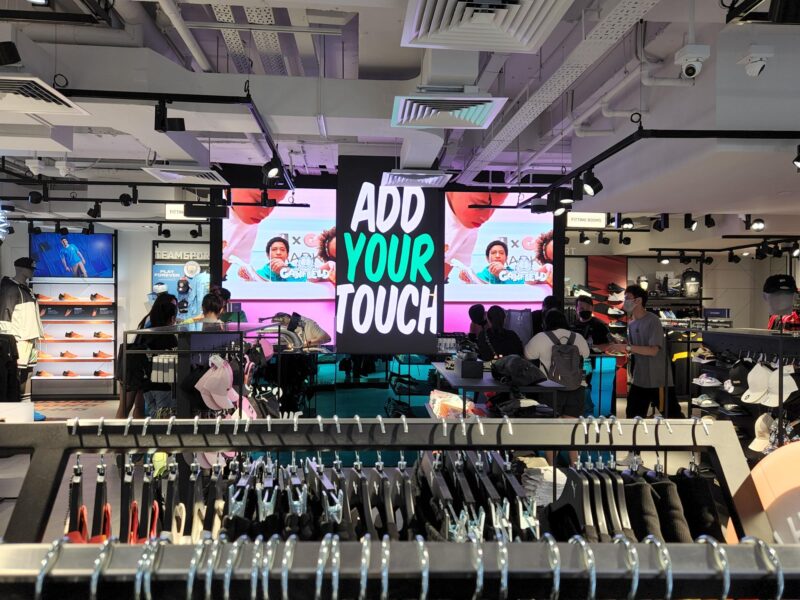Hearing Isn’t the Same as Understanding

There’s an old aphorism — and readers know how much I love those — that goes:
If you want to be heard, you must make yourself be understood.
A big part of my job is communication: I need to clearly communicate with my dealers, and occasionally with their end-user customers. My workday involves relaying deadlines, price changes, marketing plans, warranties — and the list goes on.
Where am I going with this? Well, I’ll tell you.
The corollary to needing to be understood in order to be heard is that you need to listen in order to understand.
Here’s the story:
When called upon, the other territory managers and I will do store visits on behalf of our colleagues who manage national accounts.
This past week, I was asked to swing by a couple of locations of a national retailer to check two things:
- They had inventory in stock
- The product was merchandised on display
The information my peers and I collected would help the national account team decide what to do next — whether that’s scheduling training webinars, running a sales contest, or something else. My job was simply to get answers to those two questions.
Now, I’m not going to name the retailer. This column isn’t about calling anyone out — it’s about making a point.
Also, to their credit, every retail staff member I spoke with was pleasant, friendly, and seemed genuinely happy to be there. Frankly, in retail sales, that puts them in the 90th percentile for talent and attitude. Kudos to their employer for fostering that.
However — and you knew there was a “however” coming — the interactions at each location followed the same basic script.
I’m a direct person. Sometimes too direct. So I try to temper that with a friendly tone. Before each visit, I pulled up the product page on their e-commerce site on my phone and walked in.
Me, to the greeter: “Hi, how are you?”
Greeter: “Good, you?”
Me: “I’m fantastic, thanks.” (Holds up phone) “I need to know if you have this in stock and if it’s merchandised on the floor.”
They weren’t sure, so they took me to someone else — which, to be clear, is good behavior. I approve.
Second associate: “Hi!”
Me: “Hi!” (Holds up phone again) “Can you tell me if you have this in stock and if it’s merchandised on the floor?”
They were unprepared for the question. Customers don’t normally ask like this, so they asked for clarification. I repeated myself. Succinctly. Twice.
Them: “You’d like to buy one?”
Me: “I didn’t say that. I just need to know if it’s in stock and merchandised on the floor.”
They looked puzzled but pulled out their work device to look up the SKU.
Them: “Okay, we have three in stock.”
Me: “Is it merchandised on the floor, or just in the back?”
Them: “What?”
Me: “If it’s merchandised, I need to take a picture. If it’s not, I need to mention that in my report.”
Them: “Oh! Okay. One second.” (Goes to grab someone else.)
Third person enters: “Hi!”
Me: “Hi!” (Holds up phone…) You get the idea.
In every visit, it took four people to answer two basic questions.
I know what it’s like to work in retail, and I know the kinds of horrible people they have to deal with sometimes. So from start to finish, I made sure to be pleasant and professional. I got what I came for without coming across like a jerk — and I made a point of thanking everyone once I had my answers.
The moral?
Actually listen to what someone is saying — not what you think they’re saying. Because once you truly understand what they’re trying to communicate, that’s when you can have a productive conversation. One that leads to a meaningful conclusion — whether that’s a sale, or something else entirely.





